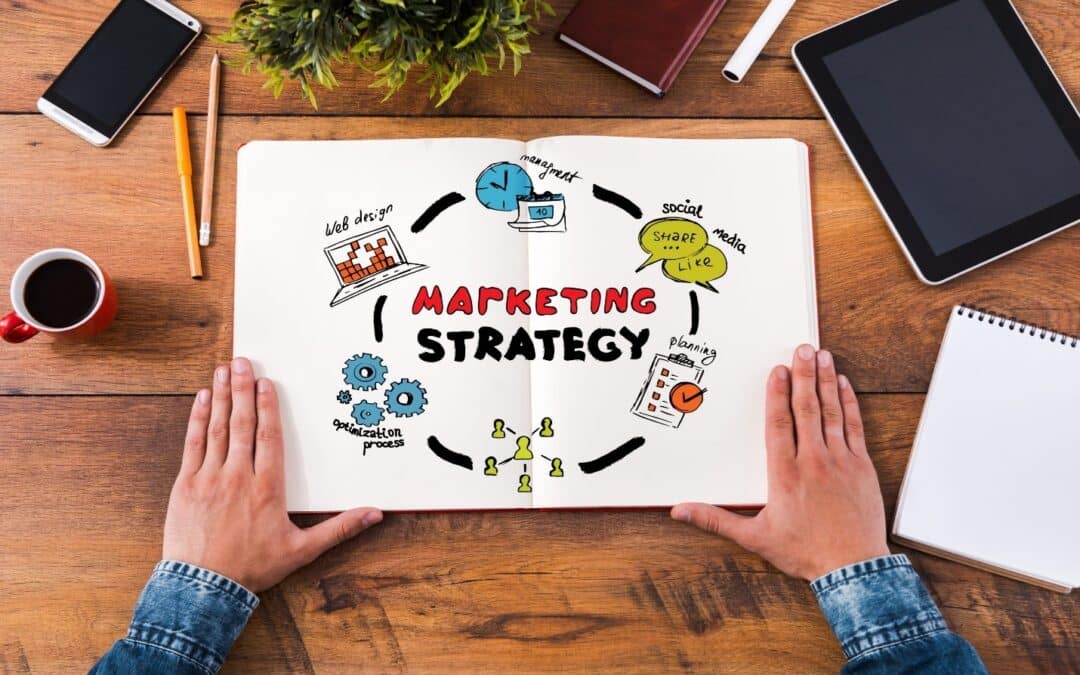Every marketer knows how important it is for the content in your marketing strategy to be seen by your target audience, but understanding the best methods to make that happen is not a universal skill. Marketing to your target audience is a science that requires planning, patience and the proper knowledge.
In this article, we explore four straightforward steps to find your audience and start marketing to them.
Step 1: Define Your Target Audience
Most marketers have a vague idea of the type of person that will buy their product, but the more specific you can be when defining your audience, the better results your marketing strategy will have.
Most marketers suggest creating a buyer persona. A buyer persona is a fictional person who represents your ideal customer. These fake people are stand-ins for the customers who are the most interested and engaged with your business. When creating a buyer persona, establish their age, socioeconomic status, interests and other demographic factors.
Who you have in mind for your ideal customer can impact:
- The products and services you’ll offer
- What price points to set for your products and services
- The type of marketing materials you’ll need (a website, flyers, posters, radio ads, blog posts, etc.)
- The benefits and features you’ll highlight in your marketing materials
- The exact keywords you’ll use in your online marketing copy
- The design of your marketing materials
- Where you’ll send or display your marketing materials
- Where you’ll advertise

Ask yourself questions to determine who your target audience is and what problems your organization solves for them.
If your vision of your audience is less clear, there are many strategies you can use to define them. One method is to use a questionnaire, which is designed to guide marketers through the process by asking thought provoking questions and gradually narrowing the audience. Ask yourself:
- When did you come up with your idea for your business, product or service?
- Who did you think it would help?
- What problems are you attempting to solve with your business, product or service?
Using this method, you can take a previously generic description like “athletes” and narrow it to something more specific like “young women between 18 and 30 who prioritize fitness.” A detailed persona, like the second description, will allow you to easily describe and create marketing strategies around your desired audience.
Once you have determined your audience, the next step to creating a marketing strategy is to determine the best channels to communicate directly with your audience.
Step 2: Find The Right Channels For Your Target Audience
First things first – what is a marketing channel? At its simplest, a marketing channel is any method or platform used to communicate with your target audience. There are numerous different channels that have evolved over time alongside new technology.
Whenever a hot new platform appears, a marketer’s first instinct is often to jump on it as quickly as possible and add it to their marketing strategy. However, choosing the wrong marketing channels for your audience can harm sales, confuse your audience and leave potential customers questioning whether your product is right for them.
CoSchedule encourages marketers to focus on the right channel for their audiences. According to CoSchedule, the most effective market channels are:
- Website/Blog
- Email Marketing
- Organic Social Media
- Video/YouTube
- Paid Advertising
Depending on the audience, one channel may work phenomenally while another fails. Many factors influence the effectiveness of a channel for a specific audience, including age, location, interests, education and the product or service you are selling.
Brainstorm about where your target audience spends their time, both online and in the real world. If we take our previous example, where can we assume our target audience of “young women, between 18 and 30, who prioritize fitness” would be found?
A gym is an obvious location, and because our audience is young, social media would also be a logical choice. Instagram and TikTok are known for their large fitness communities.
Partnerships with social media influencers are another option we recommend. To determine appropriate influencer partnerships for your brand, ask yourself: “Who does my ideal customer follow?”
Another approach is to define your relationship with your target audience to find the right marketing channels. First, determine what your product or service offers your customers. From there, consider which channels offer the easiest way for your customers to find your organization and make a purchase.
Step 3: Determine The Best Platform For Your Business
Once you have determined the best marketing channels for your target audience, the next step for your marketing strategy is to decide what is realistic for your business. You may be tempted to jump straight into developing your plan, but without this last key piece of information you risk facing unmet goals and missed targets.
Certain marketing channels may be perfect for your audience, but not all of them may be right for your organization. In fact, it’s often best to only focus on a few marketing channels at once, especially for new businesses or those with tight budgets. It’s always better to be strong across two or three channels than to spread your marketing strategy too thin by trying to hit everyone. To get the best “bang for your buck,” we suggest starting with social media, blogging and website SEO. From there, your organization can expand to more time consuming or expensive channels such as events, email marketing and paid advertising.
It’s also likely that your business will go through a trial-and-error phase as you discover which channels will give your business the best ROI. While you may feel discouraged, you will discover the best channels to invest time and money, alongside those that you may discontinue or reduce your attention towards.
To more systematically test your marketing strategy, implement A/B testing in your advertisements and other marketing content. With this method, you split your marketing campaign among different variations to discover which is the most appealing and engaging for your target audience.
Step 4: Create Engaging Content
Once you have determined your buyer persona and what channels you will be using to do so, the final step to engaging your target audience is to create content that will appeal to them.
While no market is exactly the same, there are methods you can implement when creating content for your marketing strategy that have been proven to increase traffic, online engagement and conversions.
One strategy is to craft actionable content. This provides an easy way for your audience to purchase your products or services, or otherwise engage with your business. Another tip is to tell a story and elicit an emotional response from your audience. Not only will it make your business more personable, but your audience is more likely to remember a blog article or social media post that made them feel something.
Other strategies include asking your audience to participate in contests, sharing useful tips or information, creating videos or other visually stimulating content and ensuring your content is relevant to current trends.
Let Three Girls Media Assist Help You Reach Your Target Audience
If you would prefer to focus on the business side of things and let others manage your marketing strategy, please contact us at Three Girls Media for a free consultation. We have an experienced staff of seasoned marketing professionals and are eager to help you reach your marketing goals.
Special Offer:
Sign up for a complimentary consultation during January and receive an Email Marketing Guide valued at $475! We offer a 30-minute phone consultation with our CEO and can answer your questions and discuss your specific marketing needs – no strings attached. Call 360-955-1410 or contact us today to arrange your consultation!




